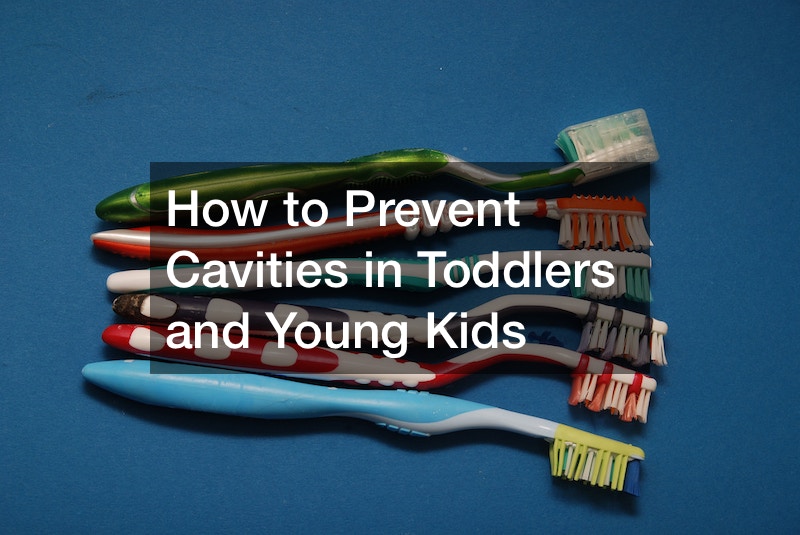Tooth Cavities in Young Children and Toddlers:
There are universal warning signs and symptoms of decay and cavities. These signs and symptoms vary for every child. However, you can easily spot them if your attention is focused on dental health.
1. White Spots – The appearance of Spots
These are the most common signs which indicates that the enamel is being damaged or broken down up to a certain extent. Sensitivity can be caused by dental decay.
2. The Early Cavities Then Their Appearance
A noticeable light brown cavity is visible on the tooth. The tooth becomes dark brown before turning dark black when the tooth gets bigger.
3. Sensitivity
The cavitation causes sensitivity to specific foods and temperature changes. The affected tooth is sensitive to sugary foods such as sweets, hot or cold drinks. The tooth’s nerve endings become inaccessible due to the hole which triggers the inflammation.
4. Pain
The pain in the area around the tooth is often due to tooth decay. The pain may be moderate or deep depending upon the level of damage. The food consumed, the degree of pain could differ. Certain foods that are solid or cold or hot products can cause discomfort in toddlers who’ve never encountered them before. This could be a signal your child is due to visit the dentist.
5. You are unable to eat
Some children are unable to eat if they have tooth decay due to discomfort. The toothache can be due to food getting into the cavity and pressuring against the gum.
The diagnosis of tooth decay among toddlers and infants
Are you thinking about how to stop cavities from youngsters and toddlers within your house? Diagnostics are crucial to treating as well as preventing the development of cavities in children and toddlers. At the time of the visit to the dentist the dentist can make an assessment after obtaining an entire history about your child, examining the teeth, and in cases of severe decay.
rbgj26vp97.
